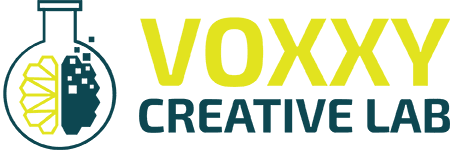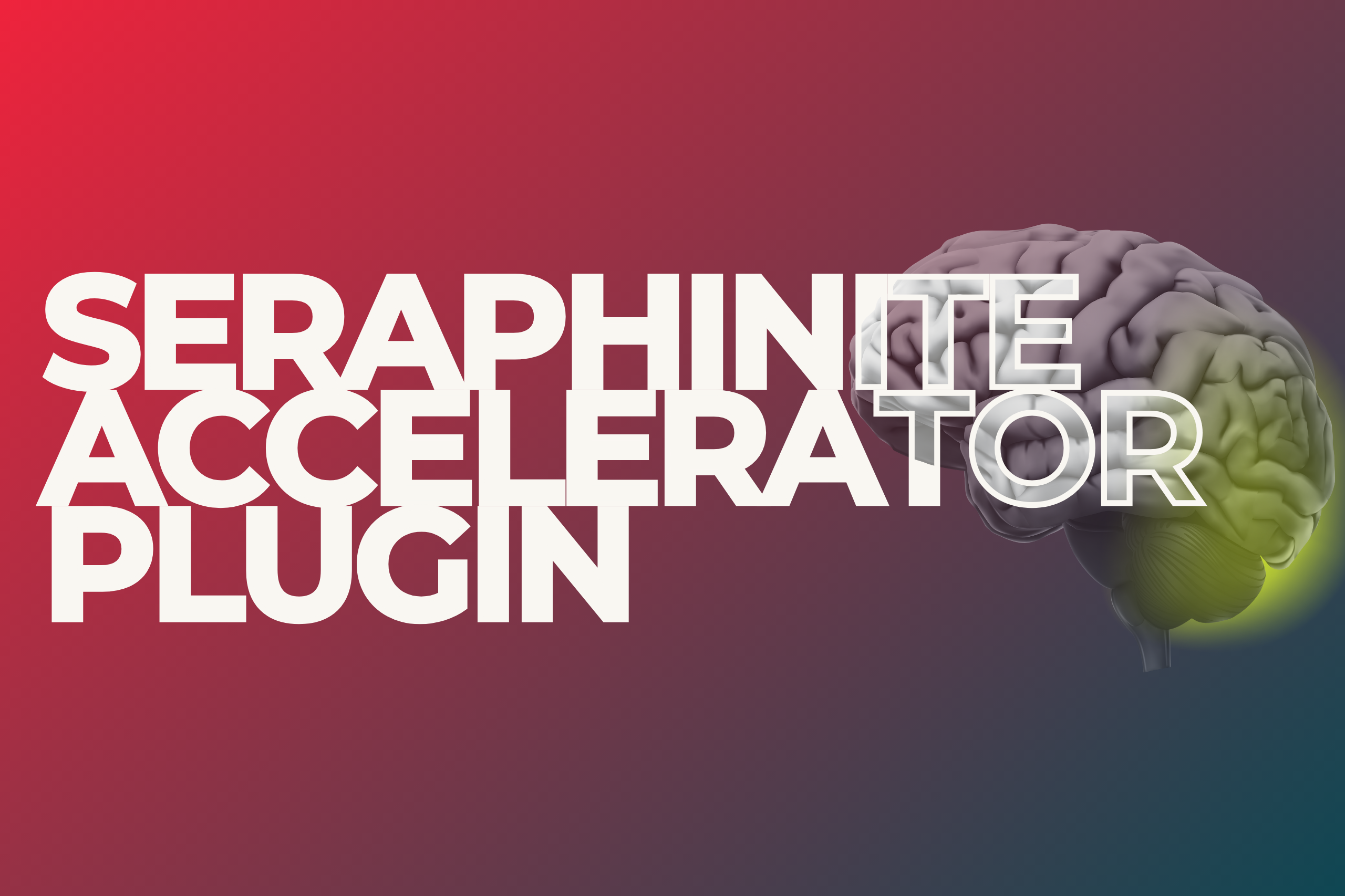Contents
ToggleUnderstanding Google Consent Mode v2
Google Consent Mode v2 represents a significant advancement in how advertisers and website owners approach user privacy and data compliance. Its primary purpose is to enable websites to adjust their tracking behavior based on the consent choices made by users. Unlike its predecessor, version 1, which offered limited flexibility, Consent Mode v2 delivers enhanced functionality that better aligns with evolving privacy regulations and the growing emphasis on user consent.
With Google Consent Mode v2, site owners can tailor their tracking actions—such as analytics and advertising—depending on whether users have granted explicit consent. This means that data can be collected in a manner that respects users’ privacy choices, allowing businesses to derive insights without compromising individual rights. Consequently, this feature fulfills the need for compliance with regulations such as the General Data Protection Regulation (GDPR) and the California Consumer Privacy Act (CCPA).
Another noteworthy aspect of Consent Mode v2 is its impact on digital advertising. As user awareness regarding privacy grows, advertisers must pivot to strategies that respect user autonomy. The ability to dynamically alter tracking parameters based on consent not only aids compliance but enhances trust between users and businesses. Through the version upgrade, Google further enables site owners to identify trends in consent preferences, assisting advertisers to refine their strategies and create more respectful engagement practices.
As we navigate the complexities of user privacy and data usage, the transition to Google Consent Mode v2 has become paramount. Not only does it provide the necessary tools to adapt to regulatory landscapes, but it also reaffirms the importance of obtaining informed consent from users. Moving forward, the implications of this version on online marketing practices underscore the essential shift towards a consent-driven digital ecosystem.
The Shift Towards Data Privacy Legislation
The increasing emphasis on data privacy has led to the establishment of comprehensive legislation worldwide, notably the General Data Protection Regulation (GDPR) in Europe and the California Consumer Privacy Act (CCPA) in the United States. These regulations represent a significant shift in how organizations can collect, manage, and use consumer data. The GDPR, implemented in May 2018, provides a robust framework aimed at safeguarding personal information, while the CCPA, which came into effect in January 2020, grants Californians specific rights regarding their data. As such, the importance of compliance with these regulations cannot be overstated.
One of the core tenets of these privacy regulations is the concept of informed consent, which has necessitated changes in how businesses approach digital marketing. The introduction of Google Consent Mode v2 is instrumental in aligning marketing strategies with these legislative requirements. Consent Mode v2 allows organizations to work within the constraints of user consent, adjusting data collection methods based on whether users have consented to tracking cookies. This flexibility is essential, as it enables marketers to gather insights while respecting consumer privacy rights.
The evolution of privacy laws is indicative of broader societal trends prioritizing user rights in the digital age, reflecting growing consumer awareness and expectations regarding data usage. Furthermore, non-compliance with such regulations can lead to severe penalties and loss of consumer trust. As awareness surrounding data privacy continues to rise, marketers must ensure that their strategies are not only effective but also compliant with evolving regulations. The necessity of adopting mechanisms like Google Consent Mode v2 is paramount for organizations aiming to build and maintain consumer trust, ultimately leading to sustainable marketing practices.
Why Consent Mode V2 is No Longer Optional
The digital landscape is evolving rapidly, prompting businesses to adapt their strategies to comply with new regulations and consumer expectations. One of the most significant advancements in this field is Google Consent Mode v2. This tool plays a pivotal role in how organizations manage user consent and data collection. As privacy laws, such as the General Data Protection Regulation (GDPR) and the California Consumer Privacy Act (CCPA), become more stringent, the necessity for consent management systems has increased significantly.
Businesses that fail to adopt Google Consent Mode v2 risk falling out of compliance with these regulations, potentially exposing themselves to substantial legal repercussions. Regulatory bodies are increasingly scrutinizing how data is collected and processed, and non-compliance can result in hefty fines. Therefore, implementing this consent management solution is crucial for safeguarding against legal risks while demonstrating a commitment to ethical data practices.
Consumer trust is another essential aspect tied to the adoption of consent management practices. Today’s consumers are more aware of their privacy rights and expect businesses to handle their data responsibly. By utilizing Google Consent Mode v2, businesses can assure customers that their preferences regarding data usage are respected. This fosters trust and loyalty, which are vital for long-term customer relationships. Failure to adopt this approach may lead to dissatisfied customers, as they may seek alternatives that prioritize their privacy more effectively.
Moreover, Google Consent Mode v2 enables businesses to optimize their marketing efforts by ensuring accurate data collection and attribution while respecting user consent. Organizations that overlook this tool miss out on valuable insights that can drive data-driven decision-making. In an age where data is the cornerstone of effective marketing strategies, the repercussions of not embracing consent management are profound—affecting both market competitiveness and operational efficiency.
How Google Consent Mode V2 Works in Practice
Google Consent Mode v2 enhances the interplay between user consent and the accuracy of analytics, addressing a crucial need in digital marketing. This mode adjusts how Google tags behave based on the consent status of users, which signifies a more privacy-centric approach to data collection. When users provide web tracking consent, Google Consent Mode v2 operates in a standard fashion, allowing data collection for measurement and analytics. However, if consent is not granted by the user, the tags switch to a limited mode that ensures no personally identifiable information is collected.
Implementing Google Consent Mode v2 requires certain configurations to ensure its effectiveness. For instance, the integration begins with a straightforward setup where developers need to add the consent mode snippet to their websites. Following this, they can configure specific settings to determine how Google tags should respond based on the parameters of user consent. These settings include but are not limited to, the capability of setting consent states for both advertising and analytics purposes, managing consent for multiple tag types, and creating granular consent options for various categories of tracking.
In practical scenarios, consider a situation where a user visits a website and is prompted with a consent banner. If the user opts in, Google Consent Mode v2 will facilitate the full functioning of analytics tags, allowing full data tracking capabilities. Conversely, if the user opts out, the system enters a non-tracking state, yet still allows the collection of aggregated data to provide insights without infringing on user privacy. This dynamic balancing act ensures that website operators can still glean valuable insights, even when user consent is limited, thus maintaining compliance with privacy regulations while optimizing operational efficiency. The nuanced functionalities of google consent mode v2 underline its vital role in contemporary digital environments.
Key Features of Google Consent Mode V2
Google Consent Mode v2 introduces several significant features that enhance user privacy while allowing businesses to effectively measure conversions and user interactions. One of the most notable features is the granular control it offers over which tags are activated based on user consent. This means that businesses can manage their tags more efficiently; only the tags that correspond to the consent provided by the user will be fired. This level of control ensures compliance with various data protection regulations while still allowing for adequate tracking of user behavior.
Another important aspect of Google Consent Mode v2 is its ability to measure conversions without utilizing cookies for those users who decline consent. This is particularly valuable in the current privacy-centric landscape, where many users are inclined to limit tracking capabilities. By implementing this feature, businesses can still capture essential data related to conversions and engagement, providing insights that can inform future marketing strategies. This innovative measurement approach supports the transition towards a cookie-less digital environment while maintaining performance metrics.
Additionally, Google Consent Mode v2 offers seamless integration with various Google products, including Google Analytics, Google Ads, and more. This integration ensures that businesses can centralize their data analytics and marketing efforts, facilitating a more comprehensive understanding of user interactions across platforms. The compatibility with Google’s suite of tools allows companies to leverage existing assets while adopting the latest privacy control measures.
Overall, the key features of Google Consent Mode v2 establish a robust framework that balances user consent with the need for actionable data, making it an essential component for businesses aiming to thrive in a privacy-forward world.
Steps to Implement Google Consent Mode V2
Implementing Google Consent Mode v2 is a vital step for businesses aiming to comply with digital privacy regulations while maintaining effective analytics practices. This framework enables websites to adjust how they collect and share data based on user consent, ensuring that privacy is prioritized. Here is a practical guide to effectively implement this consent management system on your website.
First, ensure that your website is set up to support the Google Tag Manager (GTM). This tool is instrumental in integrating Google Consent Mode v2. If you have not yet created a GTM account, begin by navigating to the Google Tag Manager website and completing the setup process. Once your tags are in place, the next step involves incorporating the Google Consent Mode script into your website’s header. The basic code snippet looks like this:
<script> (function() { var gcm = window.googletagmanager || {}; gcm['consentMode'] = gcm['consentMode'] || {}; gcm['consentMode']['default'] = { 'ad_storage': 'denied', 'analytics_storage': 'denied', }; })();</script>After integrating the basic consent mode script, it is essential to customize it according to your specific privacy framework and local regulations. This includes adjusting the settings for ‘ad_storage’ and ‘analytics_storage’ based on the consent given by the users. You can set these values to ‘granted’ when users provide consent. Additionally, ensure that your privacy policy clearly communicates how consent preferences are managed.
Testing your implementation is critical. Use GTM’s built-in preview functionality to ensure that the consent mode is correctly functioning and capturing user preferences. Monitor any discrepancies in data collection by reviewing the analytics reports on Google Analytics to verify that the integration works smoothly.
Finally, stay informed on regulatory changes and user privacy trends to continuously adapt the implementation of Google Consent Mode v2. Regular updates to your consent framework will ensure compliance and build trust with your users.
Real-World Case Studies and Success Stories
As businesses increasingly face the challenge of navigating privacy regulations, many have turned to Google Consent Mode v2 as an effective solution. This innovative framework allows websites to adjust how they collect and use data based on user consent, ensuring compliance with regulations such as GDPR and CCPA. To illustrate the tangible benefits of implementing Google Consent Mode v2, we highlight several real-world case studies of companies that have successfully integrated this tool.
One prominent example is an e-commerce platform that struggled with compliance issues prior to adopting consent mode v2. The company faced declining user engagement due to extensive cookie consent banners, which often deterred visitors. After implementing Google’s consent mode, the platform was able to streamline user prompts and enhance the customer journey without sacrificing data integrity. As a result, they reported a 20% increase in conversion rates while maintaining compliance with privacy laws.
Another case is a financial services company that prioritized user privacy but was challenged in tracking essential metrics. With the integration of Google Consent Mode v2, they could dynamically adjust their tracking based on user consent. This flexibility allowed the company to operate effectively regardless of individual consent statuses. Consequently, they not only preserved user trust but also gained insights that led to a notable 30% improvement in targeted marketing strategies.
Finally, an online media publisher that faced the risk of losing ad revenue due to consent-related issues adopted the consent mode framework. By integrating Google Consent Mode v2, they managed to maintain ad effectiveness while ensuring transparency with their audience. This not only led to a recovery in their advertising revenue but also improved site engagement metrics as users felt more in control of their data.
These success stories exemplify how adopting Google Consent Mode v2 is not merely a compliance measure but a strategic advantage for businesses looking to thrive in a privacy-focused digital landscape.
The Future of Digital Marketing and User Consent
The digital marketing landscape is undergoing significant transformation, with user consent playing an increasingly pivotal role in shaping strategies and practices. As privacy regulations tighten across the globe, Google Consent Mode v2 has emerged as a vital tool for businesses aiming to align their marketing efforts with user expectations and legal requirements. This innovation is not merely an enhancement but a necessity in the modern digital ecosystem.
In the coming years, companies will need to adapt their marketing strategies to incorporate the principles of consent management. Google Consent Mode v2 offers a framework that allows advertisers to collect and utilize data while respecting user preferences. The implications for targeting and personalization are profound. As organizations adopt consent management solutions, they will be tasked with developing more transparent communication with users regarding data collection. This transparency can enhance consumer trust, leading to more fruitful customer relationships.
Additionally, as technology evolves, the integration of artificial intelligence and machine learning into marketing practices will depend heavily on comprehensive consent solutions. Marketers will increasingly rely on Google Consent Mode v2 to ensure that data used across platforms is compliant and ethically sourced. This aligns with a growing trend of responsible data handling, which is anticipated to become a competitive differentiator in the marketplace.
Moreover, as consumer awareness around data privacy grows, marketing strategies that prominently feature user consent will likely be favored by audiences. Businesses that proactively embrace these changes and implement Google Consent Mode v2 will not only mitigate risks but also enhance their reputational standing. The dual challenge of navigating evolving technology and increasing regulatory demands further emphasizes the importance of adopting advanced consent management strategies in digital marketing.
Bottom Line: The Imperative of Adopting Google Consent Mode V2
In today’s digital landscape, user privacy and data protection are paramount considerations for businesses. The evolution of data regulations, coupled with the heightened awareness of privacy among consumers, underscores the pressing need to adopt tools designed to enhance compliance and trust. Google Consent Mode v2 emerges as a crucial solution in this regard. By enabling businesses to adjust how they handle user data based on consent status, it ensures adherence to varying regulations like the GDPR and CCPA while still allowing for valuable insights into customer behavior.
Companies that implement Google Consent Mode v2 are not merely complying with legal requirements; they are also investing in their reputation and fostering stronger customer relationships. The mode provides businesses with flexible options for data storage and usage, which allows them to respect user preferences while still gaining valuable insights into their engagement. This balance between compliance and analytics is essential as brands navigate the complexities of modern consumer expectations.
Moreover, the integration of Google Consent Mode v2 enhances user experience. When users feel their privacy is prioritized, they are more likely to engage with the brand and contribute positively to its metrics. This shift in strategy reflects a broader trend towards transparent data practices that favor user autonomy. As businesses adapt to this paradigm, failing to implement Google Consent Mode v2 could result in lost opportunities and potentially unfavorable legal consequences.
In conclusion, the adoption of Google Consent Mode v2 is no longer optional for businesses looking to thrive in a compliant and ethical framework. By prioritizing user privacy and integrating advanced consent management practices, companies can navigate the intricacies of modern regulations while maintaining robust customer relationships. As such, organizations must act promptly to leverage Google Consent Mode v2 and position themselves strategically in the evolving digital marketplace.
Related Posts
Understanding Data-Driven Marketing
Learn how data-driven marketing uses analytics to improve campaigns,…
Seraphinite Accelerator Plugin: Speed Boost or SEO Risk?
Explore if Seraphinite Accelerator helps or harms SEO. Real cases, expert tips,…
Fix “Failed” or “Still Running” in GTM Tags – Full Guide
Stuck with GTM tags showing "Failed" or "Still Running"? Learn how to diagnose…




